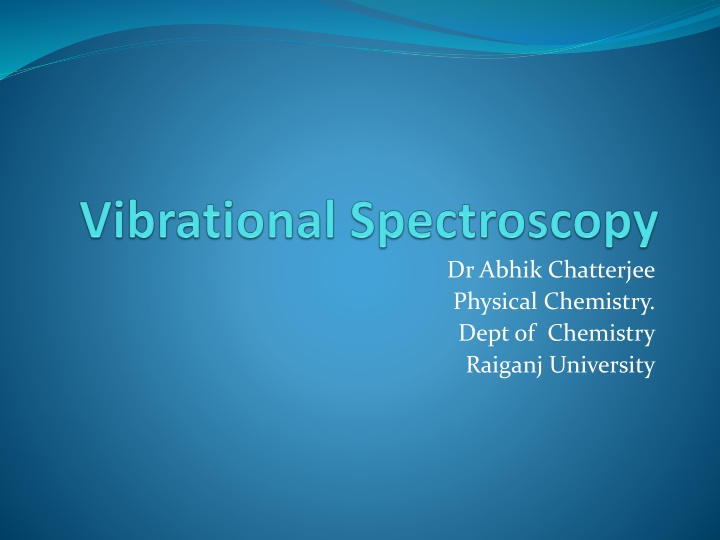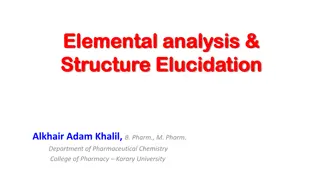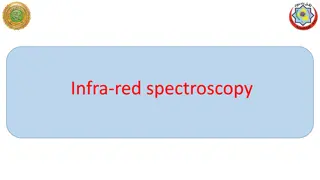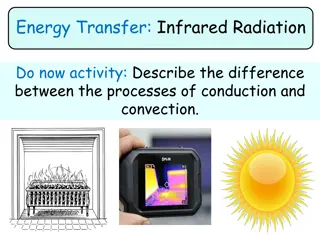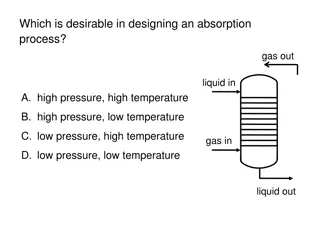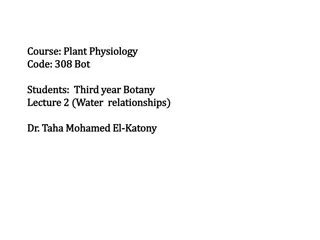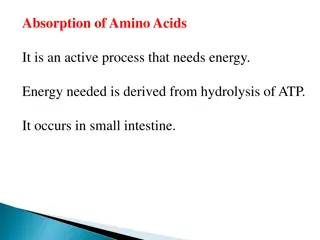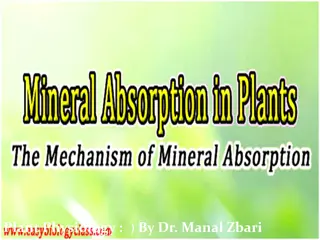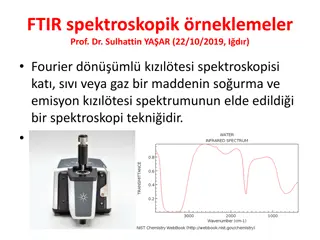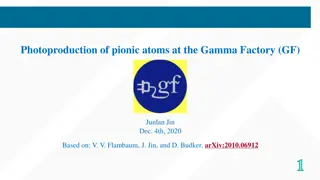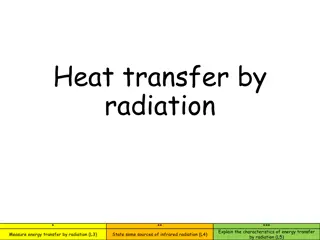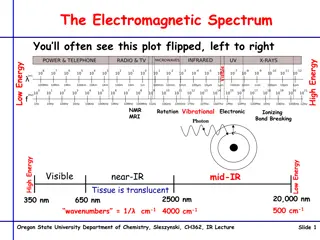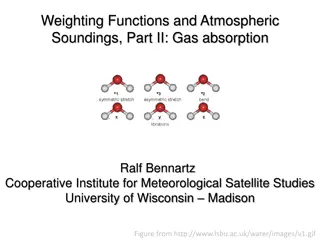Analyzing Molecular Structure with Infrared Absorption
Utilizing infrared absorption spectroscopy to delve into molecular structure and chemical bonds, focusing on rotational, vibrational, and translational motions. Learn about the sensitive interaction between molecules and infrared radiation, leading to insights on structural features and functional groups. Discover the significance of dipole moments in absorption processes, aiding in compound identification and characterization.
Download Presentation

Please find below an Image/Link to download the presentation.
The content on the website is provided AS IS for your information and personal use only. It may not be sold, licensed, or shared on other websites without obtaining consent from the author.If you encounter any issues during the download, it is possible that the publisher has removed the file from their server.
You are allowed to download the files provided on this website for personal or commercial use, subject to the condition that they are used lawfully. All files are the property of their respective owners.
The content on the website is provided AS IS for your information and personal use only. It may not be sold, licensed, or shared on other websites without obtaining consent from the author.
E N D
Presentation Transcript
Dr Abhik Chatterjee Physical Chemistry. Dept of Chemistry Raiganj University
Why atomic spectra is not enough? Just identifying the type of atoms in molecules is not enough to identify the compound: We need a technique which can give information about the 1. Chemical bonds between the atoms 2. Structure So we are looking for a physical phenomenon which is sensitive to the molecular structure and chemical bond
It's a method for identifying chemical compounds based on how infrared radiation interacts with chemical bonds.Absorption spectroscopy is the most usually applied technique.Providesdetails on the functional groups found in molecules. IR region of electromagnetic spectrum:
Molecular motion: Three types of motion: Translation, i.e., displacement of the whole molecule Rotation Vibration All three types of motion have associated energies, but only rotational and vibrational motion have quantized energies Under certain circumstances, the rotational and vibrational motion of a molecule can exchange (absorb or emit) energy with EMR this is the basis for rotational and vibrational spectroscopies.
Stretching, bending, and internal rotation around single bonds are all examples of changes in the form of molecules. IR absorption happens only when IR radiation interacts with a molecule that is vibrating or rotating and changing its dipole moment. Infrared absorption happens only when the energy of the incoming IR photon is adequate to allow transition to the next permissible vibrational state.
Born-Oppenheimer approximation The time-scale for rotations is several orders of magnitude longer than the time-scale for vibrations, which in turn is several orders of magnitude longer than electronic transitions. The energy levels are simply the sum of the energy contributions
References Web sources
